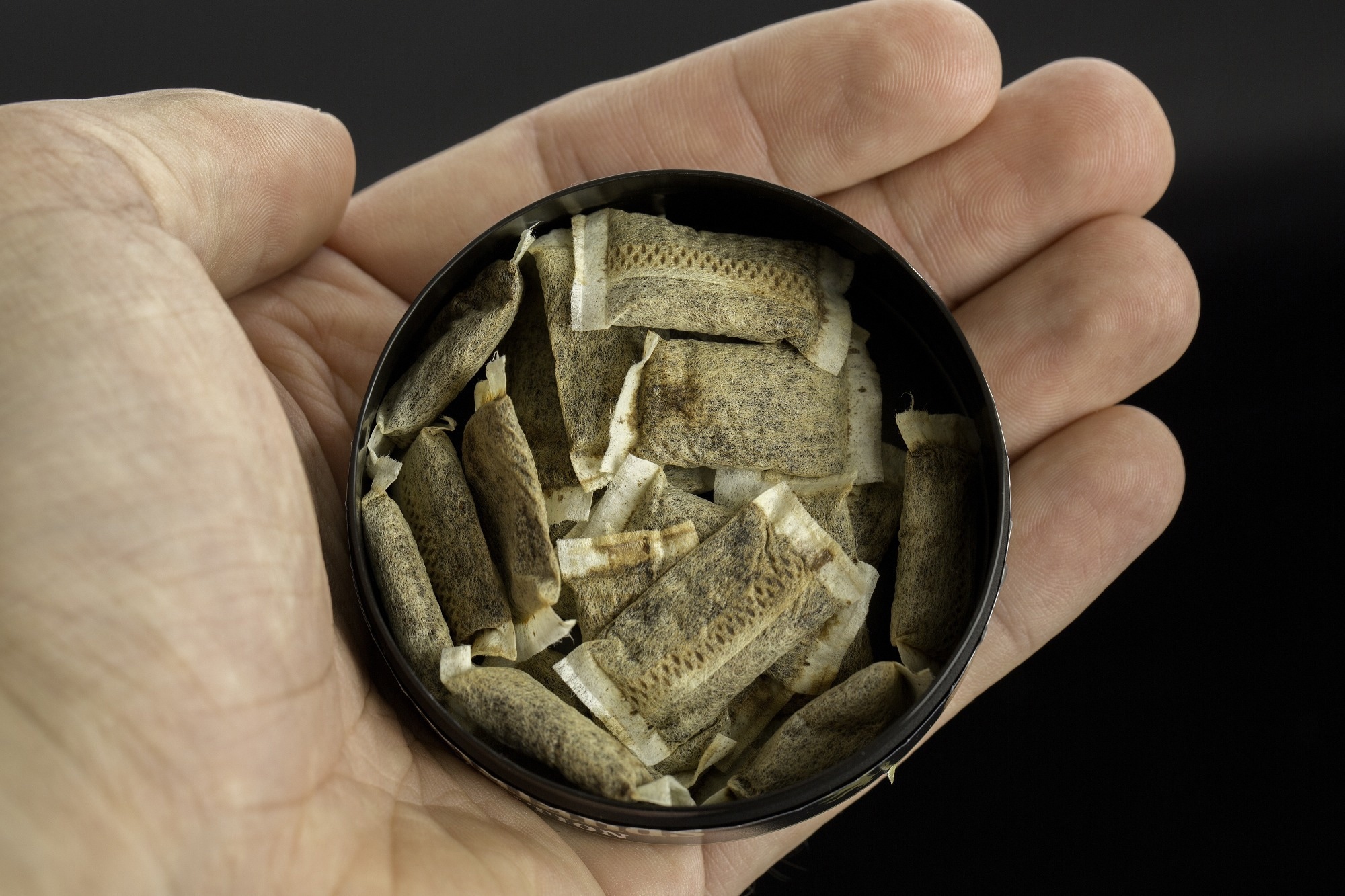In a recent study in the journal Nature Communications, researchers systematically reviewed and synthesized the literature on the health risks associated with chewing tobacco. Their results indicate that people who chew tobacco are significantly more likely to suffer from strokes and several cancers.
While chewing tobacco is not as prevalent as smoking cigarettes, estimates suggest that more than 270 million people use smokeless tobacco products, of whom the majority live in India and Bangladesh. Smoking has declined since the 1990s, while the popularity of chewing tobacco appears to have increased, including among women.
The health risks of chewing tobacco are less understood compared to the almost universal consensus on the harms caused by cigarettes and other forms of smoking. However, smokeless tobacco is thought to be a carcinogen.
 Study: Health effects associated with chewing tobacco: a Burden of Proof study. Image Credit: bildfokus.se / Shutterstock
Study: Health effects associated with chewing tobacco: a Burden of Proof study. Image Credit: bildfokus.se / Shutterstock
About the study
In this study, researchers conducted a systematic review and meta-analysis across three scientific databases (Global Index Medicus, Web of Science, and PubMed) to analyze relationships between chewing tobacco and stroke, ischemic heart disease, and five types of cancer of the neck and head.
The search included publications regardless of their language and papers published from 1970 onwards. They used meta-regressions and Bayesian methods to estimate a measure of pooled relative risk and then obtained an effect size for each health outcome. Of the literature obtained from the search, 4,480 were excluded, and 111 were included in the analysis.
Findings
Three studies conducted in Bangladesh and India included data on chewing tobacco and stroke; the meta-analysis suggested that conservatively, using smoking tobacco products increased the risk of stroke by 16%. This association is classified as a ‘weak’ relationship. However, these findings were robust to various validations; no publication or covariate bias was detected.
Eight studies examined associations between smokeless tobacco and ischemic heart disease, most of which were conducted in Bangladesh, India, and the United States. The meta-analysis found no evidence that chewing tobacco significantly changed ischemic heart disease risk; again, researchers found no evidence of publication bias or covariate bias.
For esophageal cancer, 22 studies were identified; analysis suggested that using chewing tobacco significantly increased the risk of cancer by 2% conservatively. However, a meta-analytic approach yielded a higher estimate of a 2.14-fold increase in esophageal cancer risk. Smoking status, sex, and age were adjusted for in the final analysis, and no publication bias was detected.
A total of 70 studies examined associations between smokeless tobacco products and cancers of the lip and oral cavity. The analysis incorporated numerous sources of uncertainty and found a relative risk factor of 3.64, and the association was characterized as weak; the risk of developing these forms of cancer increased when the sample was restricted to studies conducted in Asian countries.
The effect size for laryngeal cancer was estimated from 24 studies. Researchers found that evidence regarding this outcome was weak after accounting for sources of uncertainty, while the relative risk factor was 2.66. However, for a single study, the relationship between smokeless tobacco and laryngeal cancer was significantly higher.
17 studies were included for nasopharyngeal cancer, and weak evidence of a relationship with a relative risk measure of 2.50 was seen. Age and sex were included in the model after covariate selection, and no evidence of publication bias was found.
The outcome included in the meta-analysis was other cancers of the pharynx; data for this model was obtained from 31 studies. The relative risk factor was 2.33, and the association was characterized as weak. However, using a subset of the data, a higher risk measure of 4.38 was found, showing a stronger association.
Conclusions
The study had various strengths, including reducing the impact of geographical variation. Of the seven health outcomes included, six showed at least weak evidence of increased risk faced by smokeless tobacco users; the only outcome for which no evidence was found was ischemic heart disease. The highest risks were of stroke and esophageal cancer, with a conservative estimate suggesting an increase in incidence of 2-16%.
An important conclusion was that while chewing tobacco is considered a carcinogen, the literature predominantly examined its relationship with lip, oral cavity, and esophageal cancer, highlighting the need for more high-quality studies on associations with other cancers of the head and neck. Specifically, nasopharyngeal and laryngeal cancer should also merit careful observation in the future, as should stroke.
Limitations of the study included the variety of smokeless tobacco products, exposure definitions, and geographical settings. The approach followed in this study was also not able to estimate dose-response relationships. However, these findings can be used by public health workers to better counsel clients on harms associated with smoking tobacco products and advocate for more effective public health policies, while they may also be of interest to community awareness campaigns.
Journal reference:
- Health effects associated with chewing tobacco: A Burden of Proof study. Gil, G.F., Anderson, J.A., Aravkin, A., Bhangdia, K., Carr, S., Dai, X., Flor, L.S., Hay, S.I., Matthew, M.J., McLaughlin, S.A., Mullany, E.C., Murray, C.J.L., O’Connell, E.M., Okereke, C., Sorensen, R.J.D., Whisnant, J., Zheng, P., Gakidou, E. Nature Communications (2024). 10.1038/s41467-024-45074-9, https://www.nature.com/articles/s41467-024-45074-9